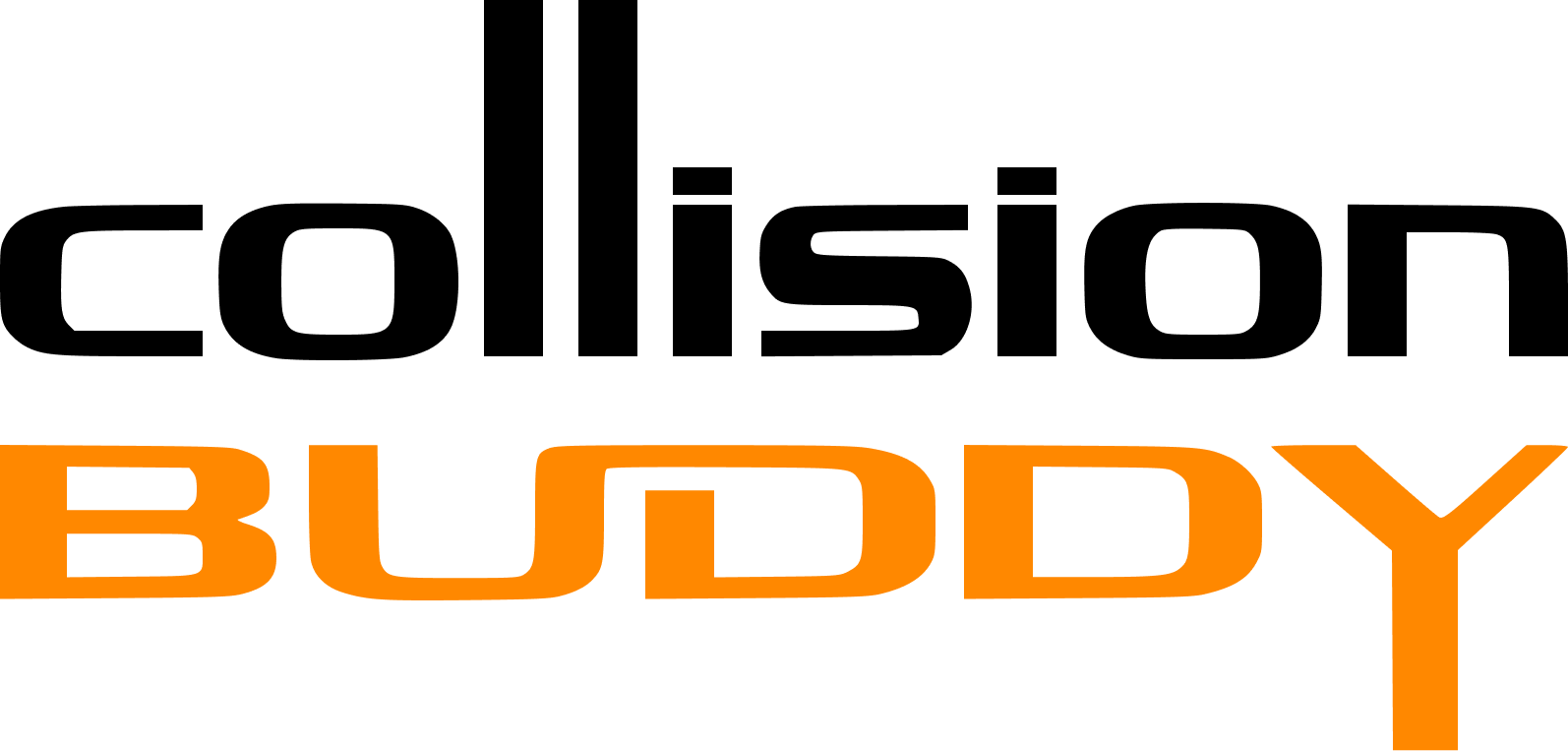When it comes to auto body repair, vehicle owners often find themselves tangled in a web of misconceptions. These myths can create confusion about insurance coverage and the repair process. Addressing these myths is crucial to help you make informed decisions regarding auto body repairs and insurance claims. Let’s break down these common myths to put you on the right track.
Myth 1: Insurance Will Always Cover the Full Cost of Repairs
Many people believe that their insurance will cover all repair costs after an accident. However, this is not always the case. Factors such as deductibles, the specific type of coverage you have, and the nature of the damage can heavily influence reimbursement amounts.
For example, if your vehicle is valued at $10,000 and the repair costs amount to over $7000 to $8000, your insurance may consider your car totaled. Knowing your policy's details can help you avoid being blindsided by out-of-pocket expenses.

Myth 2: Using Aftermarket Parts is Always Illegal or Unapproved
Another common myth is that using aftermarket parts is illegal or frowned upon by insurance companies. In reality, aftermarket parts are often a smart, cost-effective choice for many repairs. For instance, using aftermarket collision parts can save vehicle owners up to 40% compared to OEM parts.
While some insurance policies may require OEM parts for luxury vehicles or specific repairs, most insurers will accept aftermarket alternatives. The key is to have clear communication with your insurer and repair shop. Always check what parts will be used in your repair before the work begins.
Myth 3: You Must Use the Repair Shop Recommended by Your Insurance Company
A widespread misconception is that you have to use the repair shop recommended by your insurance company. While insurers may suggest preferred shops to simplify the claims process, you have the right to choose any repair facility.
Take the time to research and find a reputable auto body shop that suits your needs. Look for online reviews or ask for recommendations from friends and family. Once you have selected your shop, inform your insurance provider, and they will accommodate your choice, making the claims process smoother.

Myth 4: Claiming Minor Damages Will Lead to Higher Premiums
Many drivers avoid claiming minor damages, fearing that doing so will automatically raise their insurance premiums. While claims can impact your rates, insurers consider various factors, such as your overall claims history and the severity of the damage when assessing risk.
For instance, if you have a clean driving record and only file a minor claim for $500, the impact on your premium may be negligible. In fact, it might be more financially wise to file the claim rather than pay out of pocket. Consulting with your insurer can help you make the best choice regarding minor claims.
Myth 5: All Damage is Covered Under Comprehensive Insurance
People often think that comprehensive insurance covers all types of vehicle damage. While comprehensive coverage does protect against theft, vandalism, and weather-related incidents, it does not cover everything.
For example, damages resulting from a collision are subject to collision coverage, while mechanical failures or everyday wear and tear are typically excluded. It’s important to review your policy closely to understand what is and isn’t covered, ensuring no surprises down the road.
Myth 6: Insurance Payouts Are Immediate
Another frustrating myth is the belief that insurance payouts happen immediately after filing a claim. The truth is that the claims process can take time. Insurance adjusters must evaluate the damage and confirm details before any payment is made.
Being patient and maintaining communication with your insurer is key to a smooth process. Keeping thorough records, such as photographs of the damage and repair estimates, can help speed things up.
Myth 7: You Can Only Get Repairs After the Claim is Approved
Some people think they must wait for their claim to be approved before any repairs can occur. While it is true that insurance payments are finalized only after approval, many auto body shops can start repairs before the claim is formally approved.
This is especially beneficial for urgent repairs affecting vehicle safety. Talk to your repair facility about starting work early. Many shops are willing to coordinate with your insurance provider for pre-approval to get you back on the road faster.
Final Thoughts
Understanding these common myths about auto body repair insurance can empower vehicle owners to navigate their claims confidently. Knowing the facts about coverage limits, repair options, and the claims process will help you make informed decisions for your vehicle.
Stay proactive in your communication with both your insurance company and repair shop. This openness will clarify doubts and lead to a smoother repair experience. By debunking these myths, you can tackle auto body repair and insurance issues with assurance and clarity.

댓글